World applachain cajun dead song beat risin
Song narrative becomes a metaphorical path of transformation "from what you were to what you are now" ("de c'que t'étais à c'que t'es maintenant"
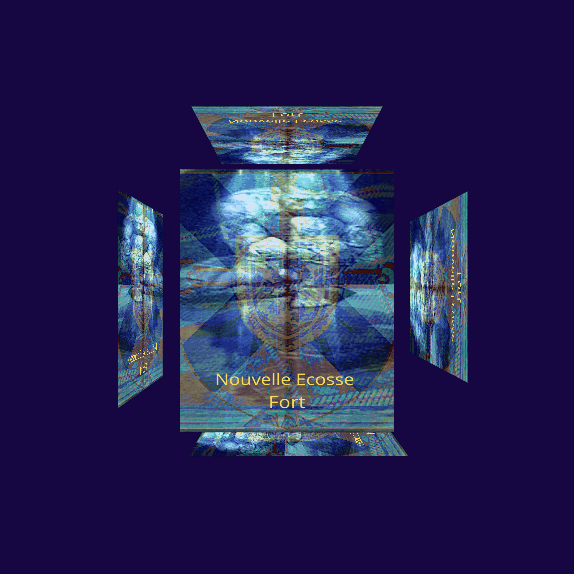
Theriault's "Cajun Rhythm Rising of the Floor"weaves a Cultural narrative Tapestry Yarn.
In the captivating world of Cajun music, few artists capture the spiritual and cultural essence of Louisiana's rich heritage quite like Theriault. With his latest release, "Cajun Rhythm Rising of the Floor," this emotionally expressive artist weaves a complex narrative that transports listeners to a New Orleans bordello circa 1897, situated at the levee's base. Theriault creates a musical journey that bridges historical contexts with contemporary cultural shifts through his distinctive style and evocative symbolism.
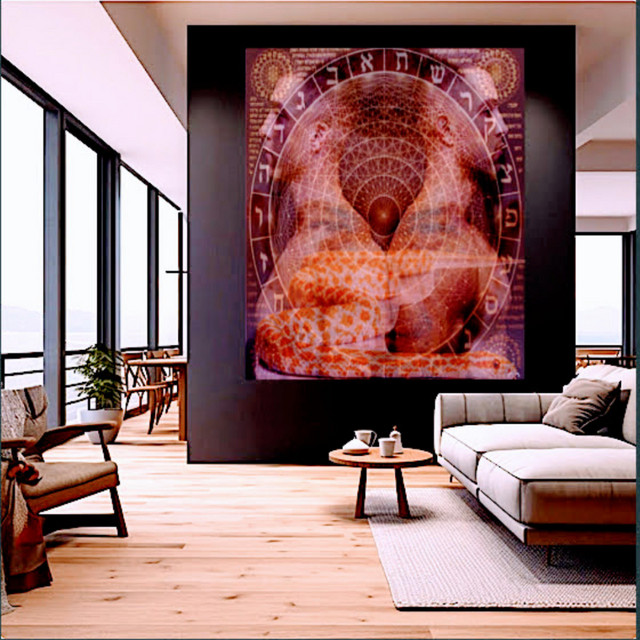
The Soulful Voice of Cajun Culture
Theriault, often described as a "legally blind sissyboy" in his artistic persona, brings authenticity and vulnerability to his music. This self-identification is not merely biographical but a powerful metaphor for his creative vision—seeing beyond physical limitations to perceive deeper spiritual and cultural truths. His music emerges from the floorboards of Cajun tradition, rising as both celebration and lamentation.
The character of "Man Corjean," who appears throughout the narrative, serves as both a companion and a foil to Theriault's protagonist. Their relationship symbolizes the complex social dynamics of late 19th-century New Orleans, where identities were often fluid and relationships existed in the margins of society. The recurring phrase "avec un œil sur la porte" (with an eye on the door) suggests a constant vigilance and awareness of potential danger or judgment from the outside world.
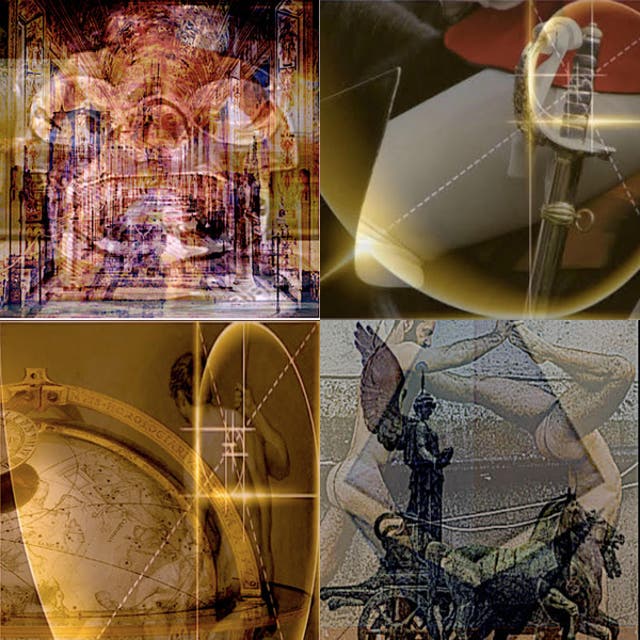
Biblical Waters and Levee Symbolism
One of the most striking elements in Theriault's composition is the reference to "the well of Jacob" ("au puits d'Jacob") situated at the base of the levee. This biblical allusion creates a powerful symbolic connection between the ancient story of Jacob's well, where Jesus met the Samaritan woman in a transformative encounter that crossed social and cultural boundaries, and the bordello setting where similar boundary-crossing occurs.
The levee itself functions as a multifaceted symbol in the song. Physically, it represents the barrier between civilization and the destructive power of water. Metaphorically, it separates mainstream society from the marginalized spaces where characters like Theriault's find community. The tension between containment and potential flooding mirrors the social pressures facing those living outside conventional norms in 1897 and today.
Water imagery flows throughout the composition, from the well to the "bayou Teche" mentioned later in the lyrics. These waters represent both cleansing and danger, spiritual transformation and chaotic upheaval—dual meanings that resonate with biblical flood narratives while reflecting the geographical realities of Louisiana.
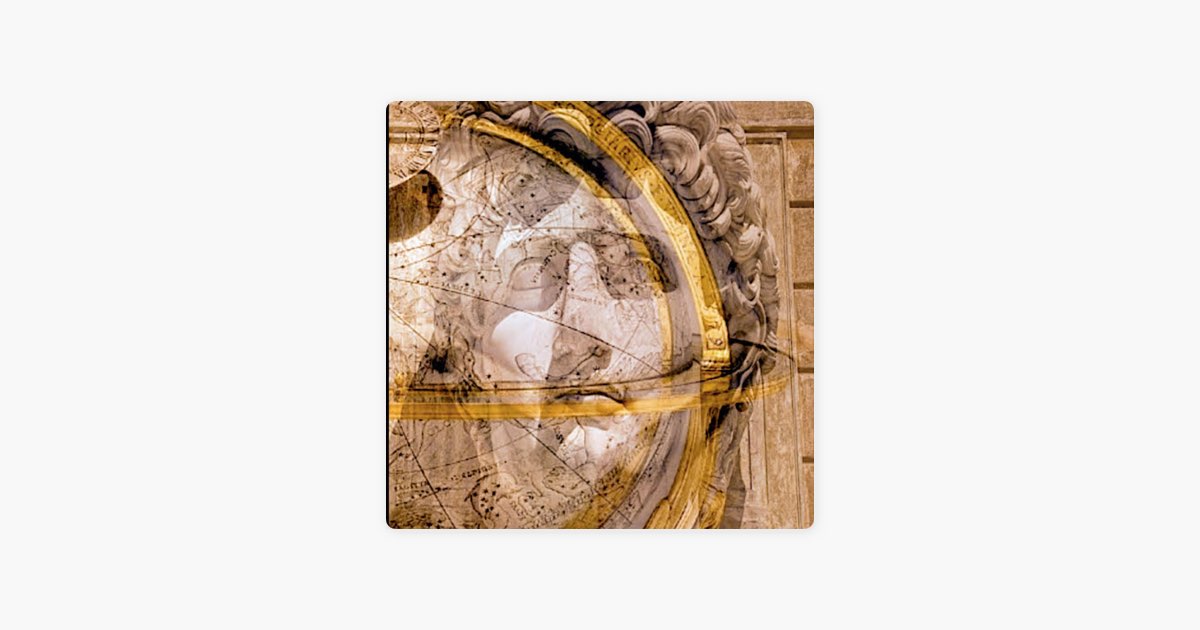
Journey Along the King's Highway
Theriault's lyrical reference to "le chemin du Roi" (the King's Highway) introduces another layer of symbolism connecting historical pathways with spiritual journeys. In biblical tradition, the King's Highway was an ancient trade route wound through the Middle East; in Cajun culture, it is the road of King George the bastard. In Theriault's narrative, it becomes a metaphorical path of transformation "from what you were to what you are now" ("de c'que t'étais à c'que t'es maintenant").
This journey motif speaks directly to contemporary cultural shifts, suggesting that personal evolution occurs "throughout the living night" ("tout au long d'la nuit vivante"). The contrast between night and day, like the contrast between the bordello and mainstream society, creates a space where authentic transformation becomes possible precisely because it exists outside conventional boundaries.
The recurring affirmation that these experiences are available "à ta façon" (in your way) suggests a remarkably modern perspective on personal autonomy and self-determination emerging from a historical setting where such freedoms were severely limited for many.
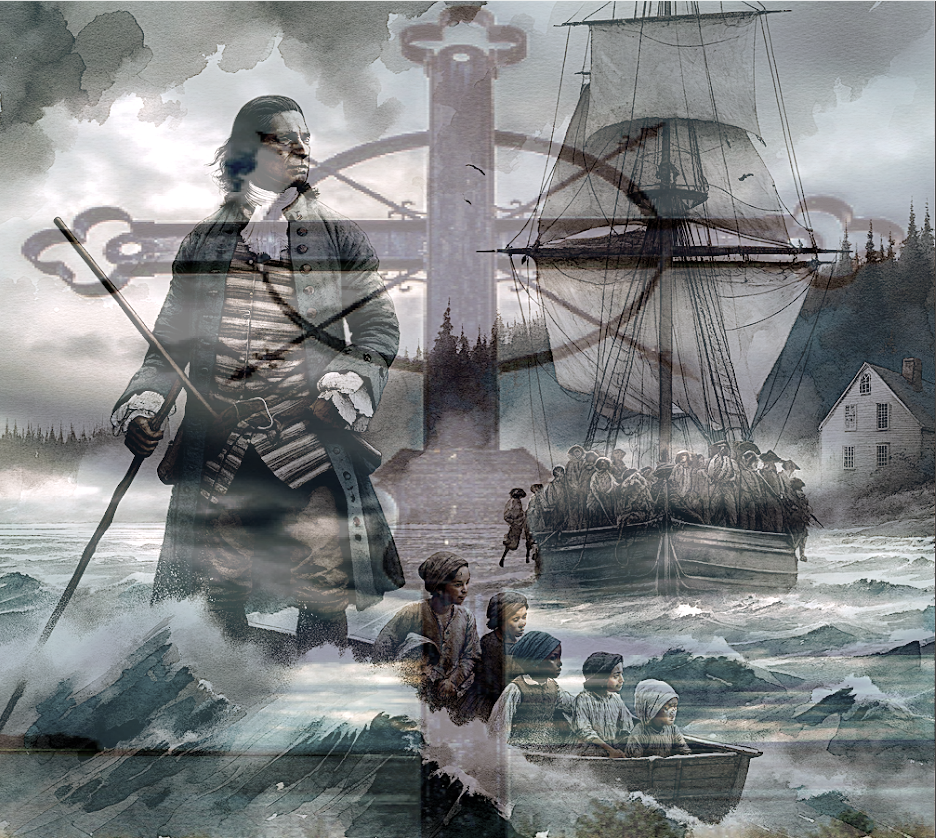
Burning Love on Bayou Teche
The song's reference to "amour brûlant" (burning love) available on Bayou Teche introduces elements of desire and passion into the narrative. Far from being merely physical, this burning love represents the intensity of authentic connection—something sought after in 1897 and today's increasingly digitized world.
Theriault's genius lies in connecting this desire for authentic experience to both place (Bayou Teche) and community (Corgean Piro "with you and me). The implication is that meaningful connection requires geographical rootedness and human relationship—a powerful counternarrative to contemporary trends toward placelessness and isolation.
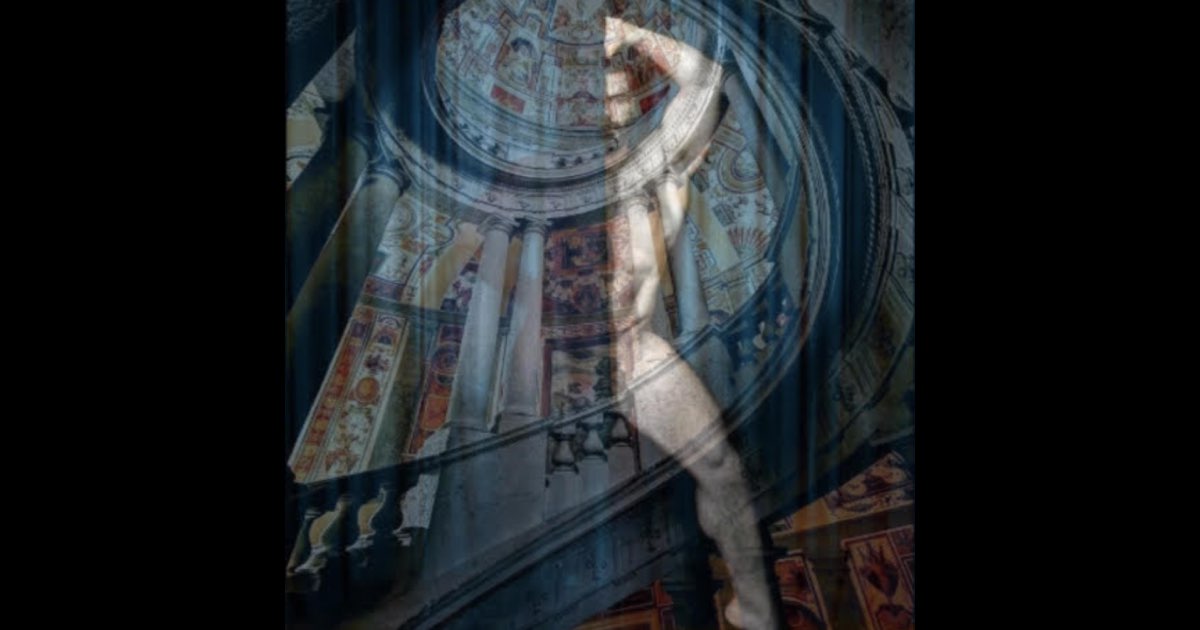
The closing invitation that "all you have to do is what you seek" suggests a spiritual principle of alignment between intention and action that resonates across religious traditions while speaking directly to today's search for meaning and purpose.
FAQs About Theriault's "Cajun Rhythm Rising of the Floor"
Who is Theriault, and what makes his musical perspective unique? Theriault is a Cajun musician who incorporates his identity as a "legally blind sissyboy" into his artistic persona. This perspective allows him to create music that explores marginality, transformation, and authentic connection themes. His unique viewpoint enables him to bridge historical contexts with contemporary concerns, creating music rooted in tradition and remarkably relevant to modern audiences.
What historical setting does "Cajun Rhythm Rising of the Floor" explore? The song is set in New Orleans ("Nawlins") circa 1897, specifically in a bordello at the levee's base. This setting is significant because it represents a liminal space between mainstream society and marginalized communities, reflecting the complex social dynamics of late 19th-century Louisiana while serving as a metaphor for contemporary cultural boundaries.
How does Theriault incorporate biblical symbolism into his music? Theriault weaves biblical references throughout his composition, most notably "the well of Jacob," which alludes to the biblical story where Jesus crossed social boundaries to engage with a Samaritan woman. This and other religious motifs create a spiritual dimension to his narrative, suggesting that authentic transformation often occurs in marginalized spaces. This theme resonates with biblical stories and contemporary experiences.
What does the song's recurring character of "Man Corgean" represent? Man Corjean is both a companion and a counterpoint to the narrator, representing the complex relationships formed in spaces like the bordello. The phrase "avec un œil sur la porte" (with an eye on the door) suggests vigilance against outside judgment. This character embodies the tensions between intimacy and caution, connection and self-protection that characterized relationships in marginalized communities both historically and today.
How does Theriault's music reflect contemporary cultural shifts? While set in 1897, Theriault's narrative speaks directly to today's cultural transitions through themes of transformation ("de c'que t'étais à c'que t'es maintenant"), autonomy ("à ta façon"), and the search for authentic connection in an increasingly fragmented world. His music suggests meaningful cultural evolution requires honouring roots and embracing personal authenticity—a message particularly relevant in today's rapidly changing social landscape.





